2K
For five generations the Ekstrom’s have been making homemade mustang jelly on their ranch. It’s easy and fun. Plus, it tastes so much better than store bought. Here’s how you make it…
Make sure you have a supply of clean jars. I prefer wide mouth jars, to facilitate the pouring of the jelly. Run them through the dishwasher along with the ring lids. The flat parts of the lid should not be washed, nor should they be re-used.

To make 6 8-oz jars of jelly, you’ll need about 12 cups of grapes (maybe 14 to be safe.)
Remove any stems or leaves from the grapes. Place grapes in a large pot, and mash them with a potato masher, so that the skins are broken.

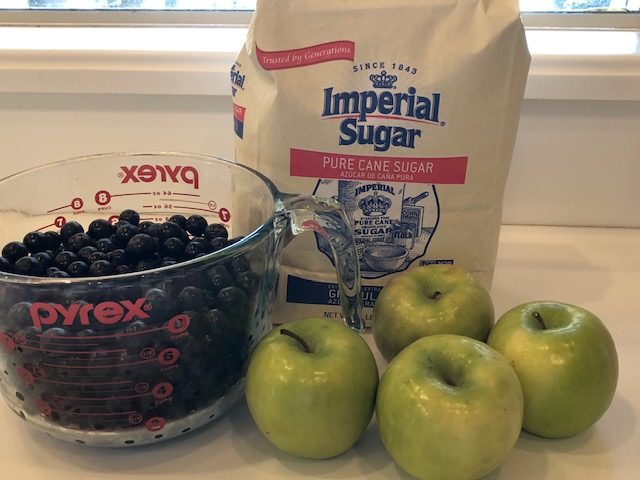
Add 1.5 cups of water and 4 quartered apples. I use Granny Smith, but I don’t think it matters. The idea is to boost the pectin in the juice so that the jelly sets up well.
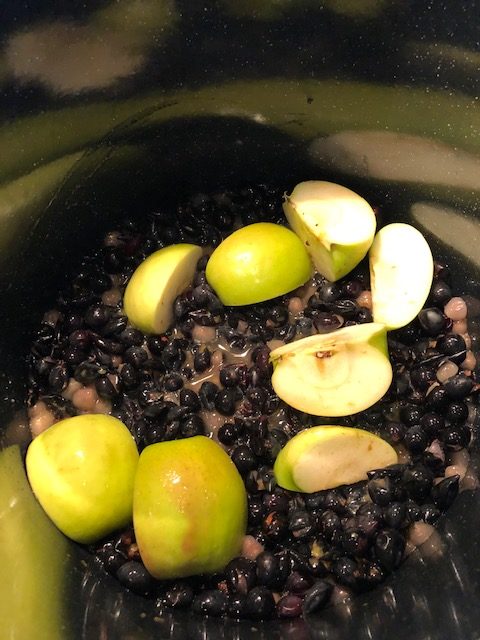
Cook the grapes on low temperature until the moisture increases from the grape juice, then cook on moderate temperature until the grapes soften and start turning a lighter, more reddish color. A good benchmark is when the apple quarters are stained and start to get soft.
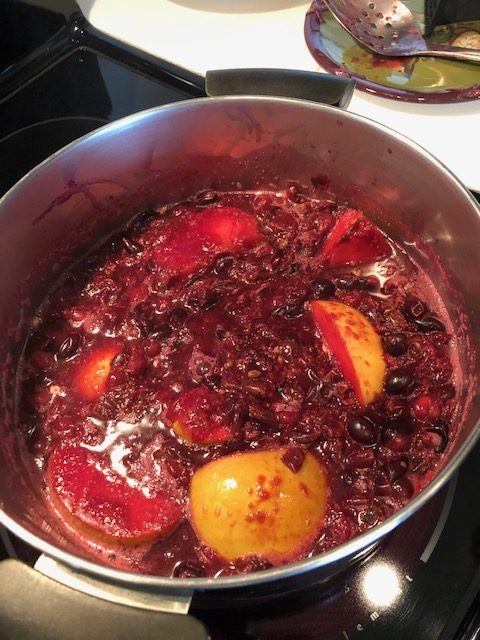
While the grapes are cooking, place the jars you plan to use, along with the ring lids and flat lids, onto a shallow pan, and put them in the oven at low heat – 225 degrees. This assures the jars will be warm, clean and dry when you need them.
Remove the quartered apples, and then pour the boiled grapes into a strainer. I use metal juice strainers, but you can use a colander with a porous straining cloth. If you use a cloth, be sure to dampen it first, to prevent the cloth absorbing too much juice.
Strain the juice into a container/pot/bowl. Do not press or squeeze the pulp into the strainer – that will make the jelly cloudy.
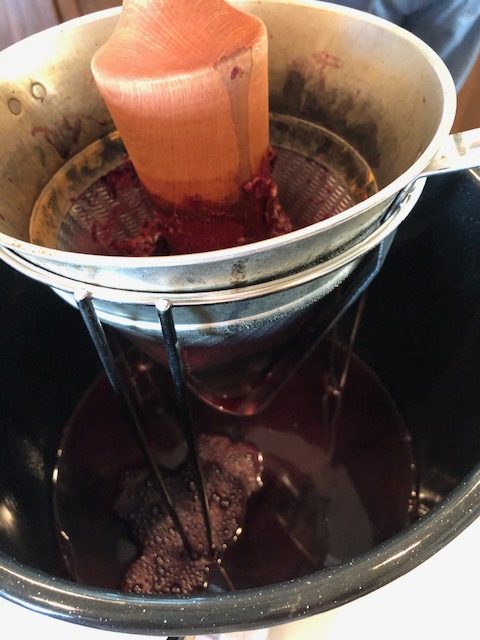

Measure the strained juice, and cook about 6 cups at a time. Simmer the juice for about 5 minutes, skimming off any foam that forms. Add ¾ to 1 cup of sugar for each cup of juice. Stir it in until the sugar is fully dissolved.

Cook on low to moderate heat for at least ten minutes. Test the jelly by taking a spoonful, letting it cool slightly, then pouring it back into the pan. If the jelly dripping off the spoon comes together into a large single drip, the jelly is ready. Also, if the liquid left in the spoon jells as it cools, the jelly is ready. At my home in Texas it usually takes about 30 minutes after the sugar is added for the jelly to be ready. The altitude, the ripeness of the grapes, the cooking utensil and temperature, can all affect the cooking time.
Putting the jelly into jars: Remove the jars from the oven, and line them up on the counter so that you can easily pour the juice – it will be hot!
Pour the juice into each jar, leaving ¼ inch space at the top. If you spill any juice on the rim or threads of the jar, clean it off with a damp cloth – otherwise the lid will not seal. Quickly put the lids on, screw them on tight (you will need oven mitts!) and turn the jars upside down. Leave them upside down for several seconds, the turn them back right side up. Set the jars on a cooling rack. A partial jar is not a problem, but it will not seal properly. Once a partial jar cools, put it in the refrigerator and eat it first!



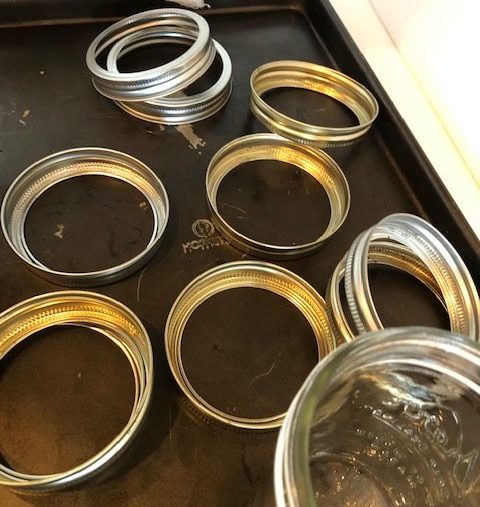
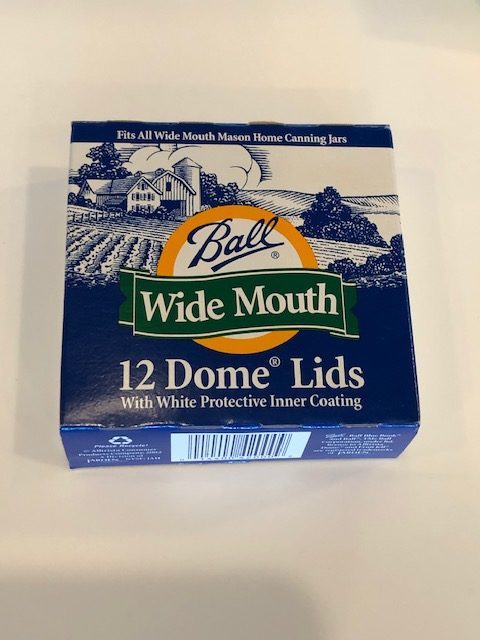
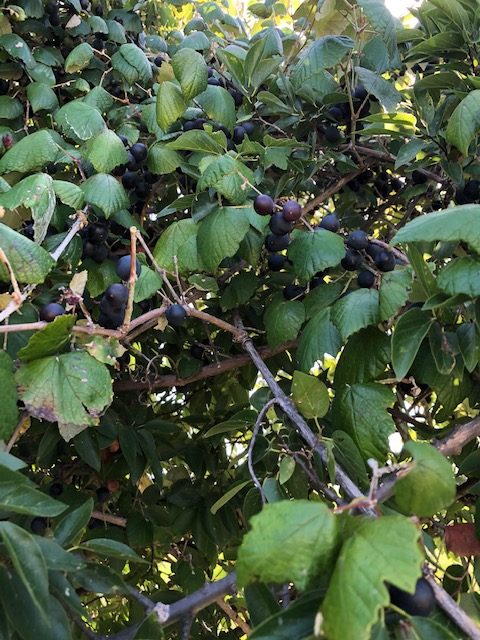

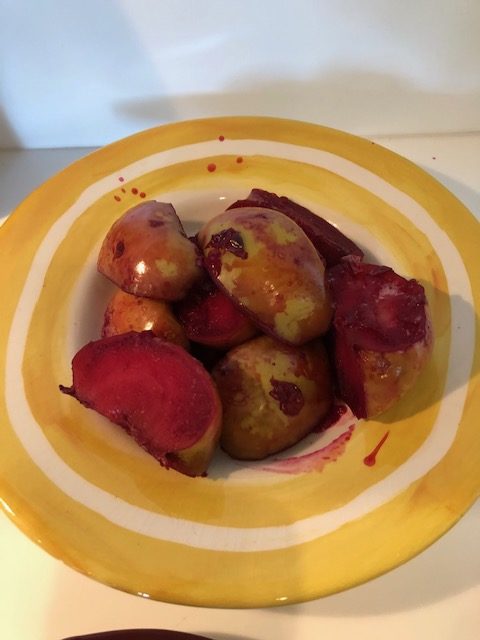
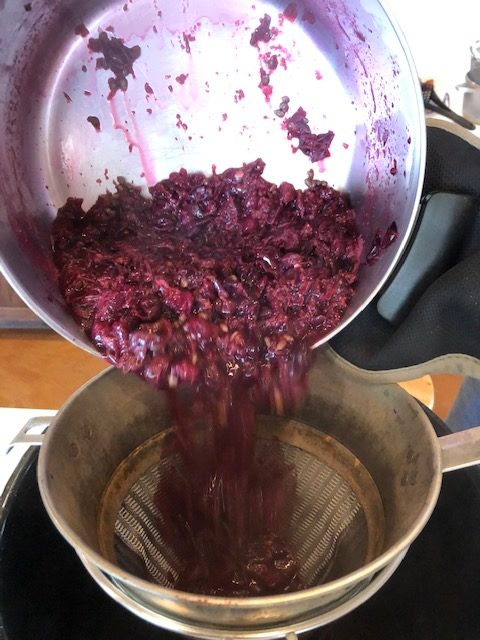
2 comments
I would love to try this recipe–I have lots of fruits to use!
Go for it! It is a wonderful jelly recipe. (Just know that different types of fruits have different amounts of pectin in them, which affects how the jelly sets up.)